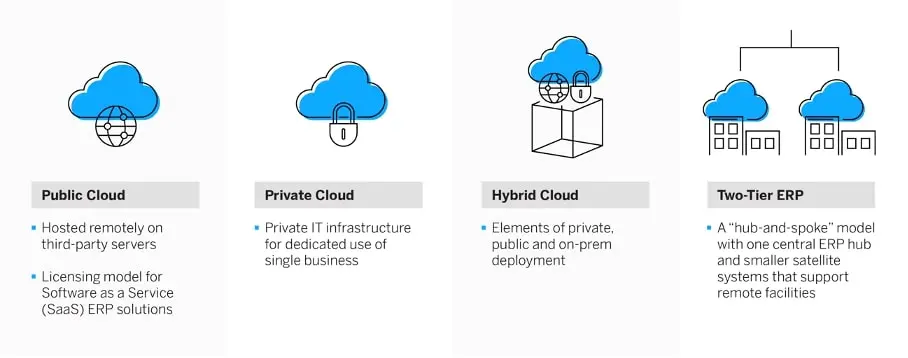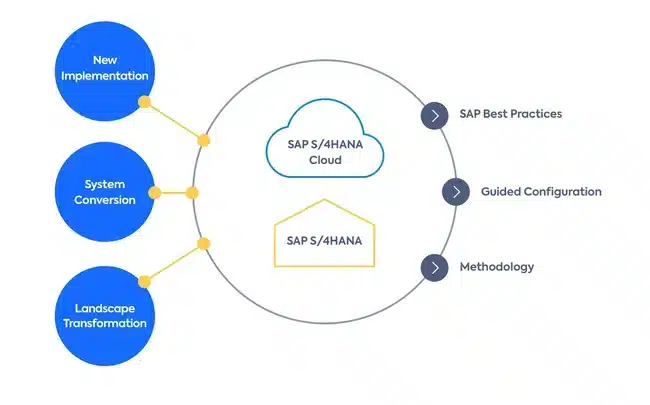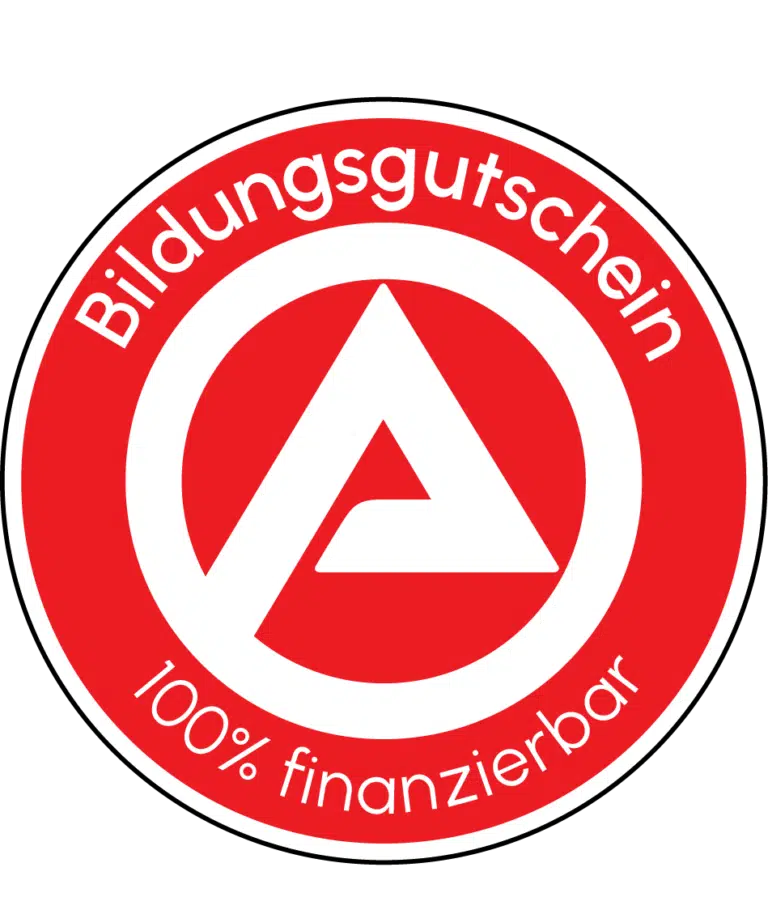SAP Activate is a framework developed by SAP to facilitate the deployment of S/4HANA. Designed to support complex projects, it relies on well-defined steps, practical tools, and ready-to-use templates. In this article, discover how this flexible and modern approach can help you successfully carry out an SAP project, whether in the cloud, on your own servers, or in a hybrid environment.
Why has SAP Activate become indispensable?
Digital transformation encompasses integrating digital technologies into all aspects of an organization to improve performance, agility, and the ability to create value. During this process, companies must thoroughly rethink their ways of working, their organizational structure, and their IT tools. In this context, projects related to management software (referred to as ERP) have become highly significant, particularly for those opting for SAP S/4HANA.
However, a common issue often arises: how to successfully complete such a project without delays or budget excess? To tackle this issue, SAP devised a comprehensive solution: SAP Activate. It assists companies in effectively organizing their projects, following the right steps, and proceeding in a clear and efficient manner.

How does SAP Activate simplify the migration to S/4HANA?
Migrating to SAP S/4HANA transcends merely changing a tool: it is a large-scale transformation affecting the entire organizational system, from business processes to operational modes. Naturally complex, such initiatives are time-consuming, require significant resources, and present considerable risks of delays and budget overruns.
To avert these issues, SAP established a dedicated method: SAP Activate. Its purpose is to assist companies in organizing their projects better, in a step-by-step manner. With SAP Activate, teams follow a clear approach, complete with practical advice, time-saving tools, and pre-configured processes.
Thanks to this framework, companies can advance faster, make informed decisions early, and most importantly, avoid costly errors. This applies regardless of their technical choices, whether for on-premise, cloud, or hybrid deployments.
Cloud, on-premise, hybrid deployments: What are the differences for an SAP project?
When a company deploys software like S/4HANA, it must decide how the software will be hosted and utilized. The three primary options are:
- On-premise: The software is installed on the company’s servers, at its own site. The company retains full control but is also responsible for maintenance and updates.
- Cloud: The software is accessible via the Internet, hosted on a provider’s servers (such as SAP). It is more straightforward to manage daily, though the company has less control over the infrastructure.
- Hybrid: This is a combination of both. Part of the software resides in the cloud, while another part remains on internal servers. This setup offers greater flexibility.
SAP Activate adapts to all three methods. Regardless of the chosen solution, the method is effective and aids in proper project organization.

What is SAP Activate?
SAP Activate is a framework developed by SAP to assist companies in successfully implementing or updating their software. The framework previously used for SAP software deployment was known as “ASAP” for “Accelerated SAP”.
Unlike ASAP, SAP Activate offers a flexible and modern framework, suitable for all companies migrating to S/4HANA. This framework is based on three main elements:
- A clear methodology to organize the project phases, being a project methodology rooted in an agile and iterative approach.
- Examples of ready-to-use processes tailored to different industries and sectors, termed SAP Best Practices.
- Tools that facilitate easier system configuration through guided configurations.

ASAP → SAP Activate: Why did SAP change the framework?
Before SAP Activate, SAP utilized another framework called ASAP to manage projects. This methodology was very strict, with steps that always proceeded in the same sequence. It was a more rigid approach, somewhat akin to following a recipe to the letter, without adapting it.
However, the evolution of business needs and the rise of cloud technologies rendered traditional methodologies obsolete. Given the increased demand for agility and enhanced user experience, a new approach became necessary.
Criterion | ASAP (old method) | SAP Activate (new method) |
|---|---|---|
Approach | Linear, with fixed steps (waterfall type) | Agile, flexible, in successive cycles |
Project flow | Fixed steps from start to finish | Ability to adapt on the go |
Preparation | Almost entirely constructed from scratch | Based on ready-to-use models (Best Practices) |
System configuration | Mainly manual | Supported by guided configuration tools |
Cloud adapted | No, method designed only for on-premise | Yes, compatible with cloud, on-premise and hybrid |
Flexibility and adaptation | Low | High |
In summary: while ASAP enforced a singular path, SAP Activate adapts to each situation. This flexibility is why it has become the new standard.
The three pillars of the SAP Activate framework
The SAP Activate method is built upon three essential elements that work together to enable companies to successfully deploy S/4HANA.
- SAP Best Practices: advance faster with ready-to-use models
SAP provides pre-configured models tailored to various sectors, enabling time-saving, error reduction, and adherence to recommended best practices.
- Guided Configurations: simplify software settings
With interactive tools, teams can configure the system step by step, in a simpler and more secure manner. This prevents blockages and saves time during the project.
- SAP Activate Methodology: organize the project in 6 clear steps
The method is divided into 6 phases, allowing for a logical progression:
Discover, Prepare, Explore, Realize, Deploy, Run.
It adapts to modern projects, even when requirements evolve along the way.

The six phases of the SAP Activate methodology
1. Discover: evaluate feasibility
The initial framing step, this phase aims to explore available options, assess needs, identify stakeholders, and lay out the foundations of the roadmap.
2. Prepare: organize the project
This involves assembling the team, defining governance, developing the project plan, obtaining access to tools, and preparing environments.
3. Explore: align processes with SAP standards
This is the phase of Fit-to-Standard workshops, where SAP processes are validated using Best Practices. It also identifies gaps, specific developments (WRICEF), and plans sprints.

4. Realize: configure and test
Processes are configured according to the backlog, developments are performed, and functional tests are executed. The cutover plan is also developed.
5. Deploy: go live
Users receive training, data is migrated, and the system is switched to production. It’s time to ensure everything is operational.
6. Run: operate and improve
The SAP solution is now in operation. Performance is monitored, incidents are managed, and future improvements are prepared.
SAP Activate and LeanIX: What complements the framework?
Tools like LeanIX, specializing in Enterprise Architecture Management (EAM), complement the Activate setup perfectly. LeanIX facilitates visualization of the technical dependencies of the existing IT system and real-time tracking of change impacts.
This tool helps keep documentation up to date and enhances project governance. The Activate + LeanIX tandem is particularly recommended for companies with a complex IT landscape.
Why train in SAP Activate?
Mastering SAP Activate is a considerable asset for SAP project managers, PMO, functional consultants, and ERP architects. SAP provides an official certification: “SAP Certified Associate – SAP Activate Project Manager”, which is in high demand in the job market.
DataScientest offers training to learn how to use SAP S/4HANA and master the SAP Activate method. These courses help you understand the different project phases, utilize the right tools, and adopt best management practices in an agile manner.
Our programs are conducted by experienced SAP consultants, guaranteeing tailored support. This approach’s recognition is showcased through a level 7 RNCP certification, validating both educational quality and compatibility with market needs. Beyond courses, we offer an integrated support ecosystem: each learner benefits from personalized follow-up with a Program Manager, dedicated technical support for practical cases, and an active career service (CV optimization, interview simulations, access to our network of partner companies).
The educational component is reinforced by the expertise of the pedagogical director, ensuring content meets industry requirements. Additionally, training includes genuine know-how in the SAP Activate methodology, essential for the successful implementation of an ERP within a company.

Conclusion
SAP Activate is currently the standard method for executing an SAP S/4HANA project successfully. It is clear, flexible, and adaptable to all project types. With its ready-to-use models (SAP Best Practices) and practical tools, like LeanIX, it allows companies to proceed faster and more confidently.
Training in SAP Activate means learning a recognized method and enhancing skills in a highly sought-after area in the job market.










